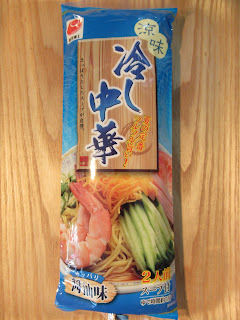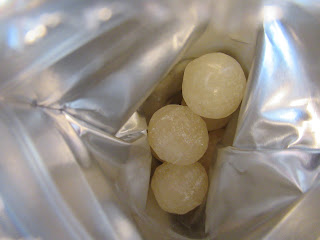August is the month when Japanese people recall the experiences of World War II. Due to the militarism that arose in the Meiji Period (1868-1912), Japan started to invade neighboring countries already in the second half of 19th century. It colonized Taiwan and Korea, established a puppet state Manchuria in China, and started a war with China (Sino-Japanese War). To get natural resources, invasion to Southeast Asia was also started, and the Pacific War with the Allies broke out in 1941. The war ended in August 15, 1945, after atomic bombs were dropped in Hiroshima and Nagasaki. Every year, a siren is blown all over Japan on August 6 and 9, exactly at the same time when the bombs were dropped. Then we pray for the souls of the victims of the bombs. On August 15, we hear a siren at noon and remember the end of the war.
Even before the atomic bomb attacks, many cities were bombed and destroyed during the Pacific War. A Japanese animation film “Graves of the Fireflies (火垂るの墓 (hotaru-no-haka))” depicts the air raid in Kobe. Though Hamamatsu was a relatively small city with a population of 187,433 (as of 1944), it had 27 air raids in total. It was partly because Hamamatsu is located between big cities such as Tokyo and Osaka, and American bombers dropped the remaining bombs here to dispose of them after attacking these cities. Another reason is that Hamamatsu is an industrial city and had many factories producing weapons. For example, the factory of Yamaha, a musical instrument company, made propellers of aircrafts at that time. By the end of the war, more than 3,500 citizens were killed, and most of the city was destroyed. In Hamamatsu Castle Park, there is a memorial of it.

In a quiet area near the downtown, there is a small museum called Hamamatsu Reconstruction Memorial to present the life under the war and the reconstruction after that. In summer, many groups of local school children visit there with their teachers. But this year, the museum has much less visitors because of covid-19. As it has been 75 years since the end of the war and I live near the museum, I visited there to remember the history of the war today.
The exhibition is started with a big panel with pictures of the destroyed downtown. I think this picture is the most familiar to people in Hamamatsu as it is used in many materials describing the history of the city.
These are fragments of bombs.
Incendiary bombs are also displayed with description of the mechanism.
In the next room, you can see people’s daily life under the war. At that time, men wore a national uniform that resembled the military uniform. On the left of the uniform, there were an air-raid hood and helmet to protect the head from air raids.
Women usually wore work pants and regularly participated in a fire drill with bucket brigade training. With the Anti-Aircraft Defense Law, the Japanese government obliged ordinary people to extinguish fire caused by air raids and prohibited them from running away. This increased the number of victims of air raids.
In addition to a fire drill, women were trained to fight against enemies with bamboo spears in case they would land in Japan.
Even children played at soldiers.
These pictures convey such an unusual atmosphere or madness during the war. For me, the most shocking exhibit in the museum was a diary written by a 15-year-old student who was mobilized and worked at a factory to support the production of weapons. Her wording and handwriting were like those of an adult. I suppose she was a hardworking and intelligent girl and might be a kind of roll model for other students at that time. In the last part, she emphasized that they should increase the production of weapons to reward the efforts of soldiers. The day after she wrote this, she was killed in an air raid to the factory.

It has been 75 years since the end of the Pacific War. I think we should remember not only how the life was during the war but also how the war occurred. Many years ago, I read a series of comic books “Barefoot Gen (はだしのゲン (hadashi-no-gen))” in this museum. It was drawn by Keiji Nakazawa, a survivor of the atomic bomb in Hiroshima. He depicts the daily life of Hiroshima during the wartime based on his childhood memories. In this work, the father of the main character Gen is against the war and says to his children: “Don’t be deceived, children. You should get along with all the people in Korea and China. It is the only way to prevent a war.” I think this message is very important, especially now.
Hamamatsu Reconstruction Memorial also exhibits everyday objects in old days.
I got interested in this classic shaved ice machine. How old is it? When I saw it, I felt like eating the soda popsicle GariGarikun. Now the temperature is around 35℃, and it will be continuously hot this week.
Hamamatsu Reconstruction Memorial
Address: 304-2, Togi-machi, Naka-ku, Hamamatsu-shi, Shizuoka
Tel: 053-455-0815
Opening hours: 9:00-17:00
Closed: Mondays (if a national holiday falls on Monday, it is closed the next day instead), December 29 - January 3, the day after a national holiday)
Access: 10-minute walk from JR Hamamatsu Station

















































